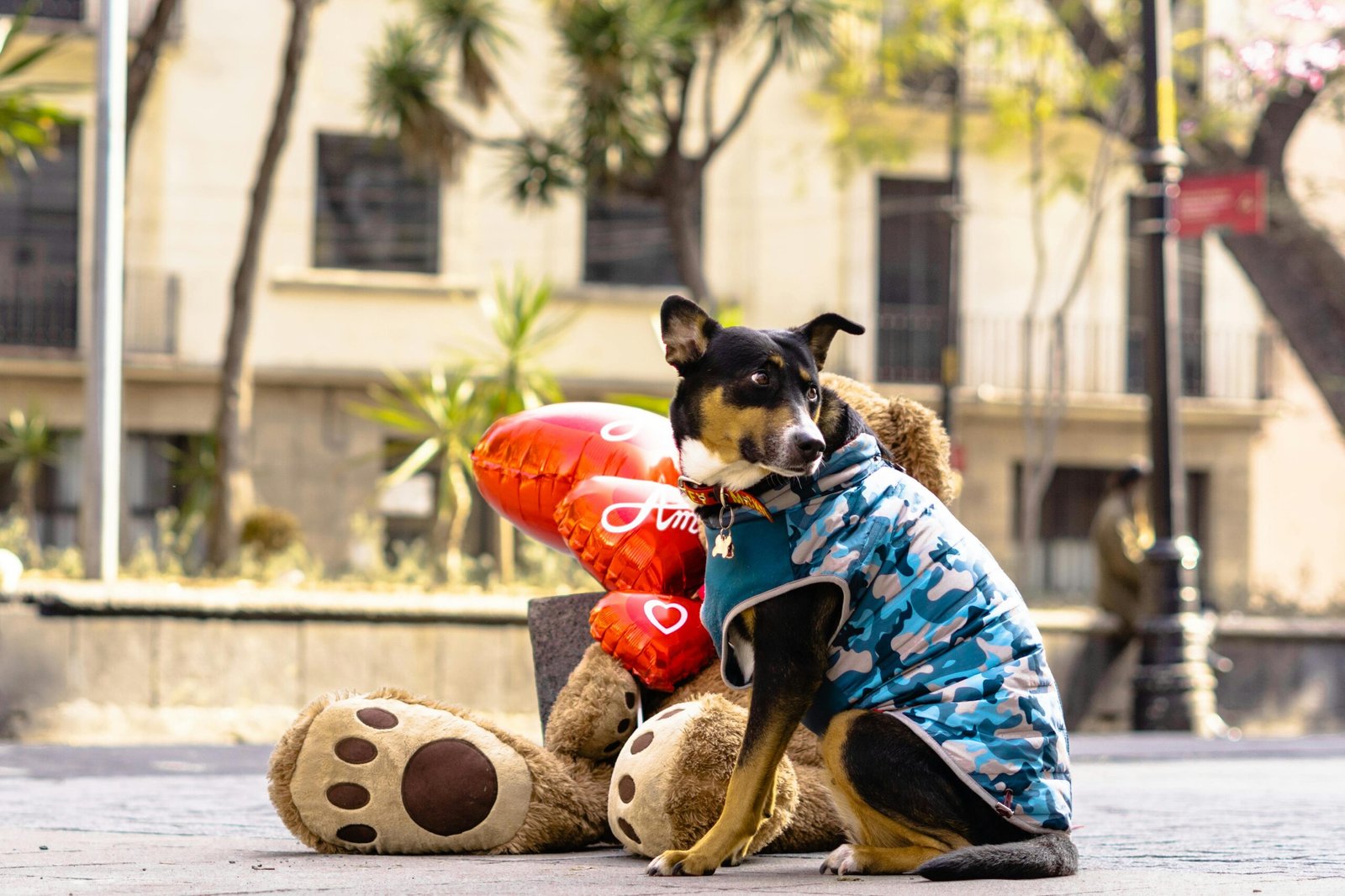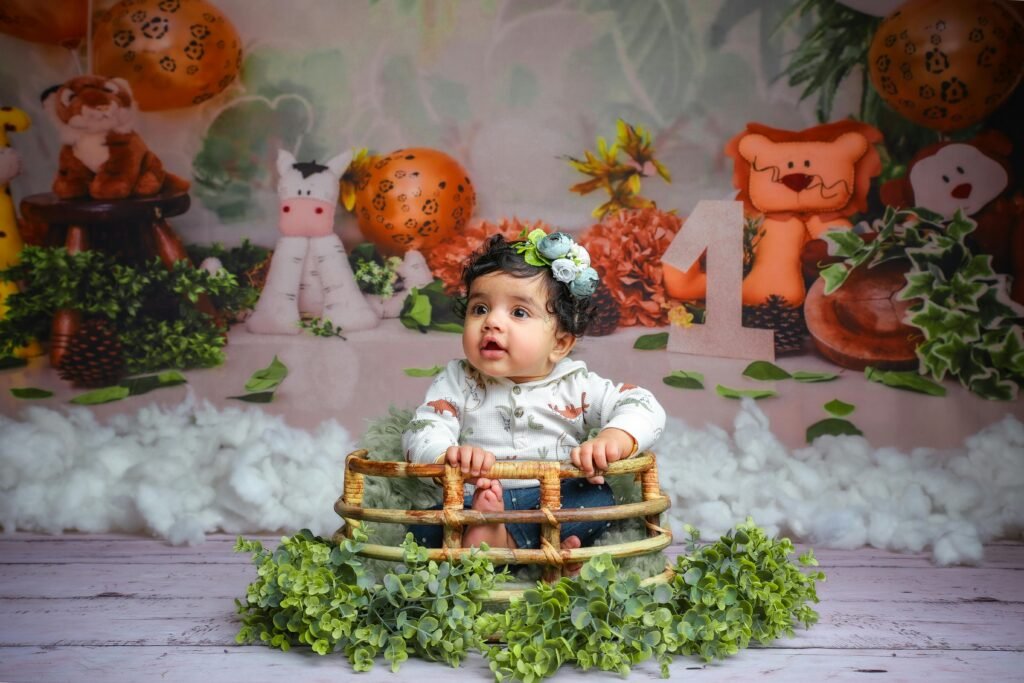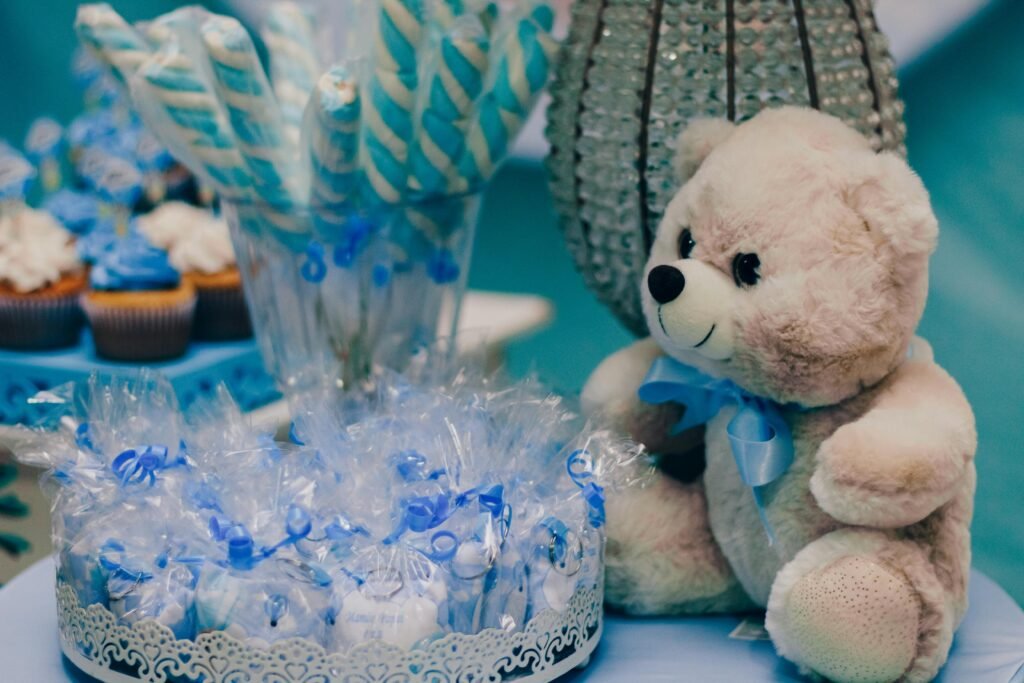
If you’re looking for a way to unleash your creativity and have a blast at the same time, then you’ve come to the right place! In this article, we’ll be exploring the exciting world of DIY Toy Gun Crafts. From designing your own unique toy guns to customizing existing ones, these fun projects are perfect for all ages. Whether you’re a kid or a kid at heart, get ready to embark on a journey of imagination and fun as we dive into the world of Toy Gun Crafts and Customization. So grab your crafting supplies and let’s get started!

This image is property of images.pexels.com.
DIY Nerf Gun Painting
Choose a Nerf Gun
When it comes to DIY Nerf gun painting, the first step is to choose the perfect Nerf gun for your project. You can select a blaster from your existing collection or purchase a new one from a toy store. Consider the size, style, and desired level of difficulty for painting. Remember to choose a Nerf gun that you are comfortable working with and that fits your artistic vision.
Prepare the Surface
Before you start painting your Nerf gun, it’s important to prepare the surface properly. Clean the exterior of the blaster with a mild soap and water to remove any dirt or oils. Dry it thoroughly to ensure the paint adheres properly. Use masking tape to cover any parts you do not want to paint, such as triggers or handles. This will help you achieve clean lines and protect the functionality of the blaster.
Paint the Base Coat
Now it’s time to apply the base coat of paint to your Nerf gun. Choose a color that will complement your overall design. Spray paints work well for this step, but be sure to follow the instructions on the can and apply the paint in thin, even coats. Allow each layer to dry completely before applying the next one. This will ensure a smooth and even finish.
Add Details and Designs
Once the base coat is dry, you can start adding details and designs to your Nerf gun. Use acrylic paints, fine brushes, and your imagination to create patterns, logos, or any other designs you desire. Remember to let each layer of paint dry before applying additional layers or colors. This will help prevent smudging or mixing of colors.
Seal the Paint
To protect your artwork and make it more durable, it’s important to seal the paint on your Nerf gun. Choose a clear coat or varnish specifically designed for use on plastic surfaces. Apply the sealant in thin, even coats, allowing each layer to dry completely before adding the next one. This will add a glossy finish and make your paint job resistant to wear and tear.
Cardboard Pistol
Gather Materials
To create a cardboard pistol, you’ll need a few basic materials. Grab a sturdy piece of cardboard, a pencil, a ruler, a craft knife or scissors, and some glue. Additionally, you may want to have some colorful markers or paint on hand to add personalized decorations to your pistol.
Draw and Cut Out the Template
Start by drawing the template for your cardboard pistol on the piece of cardboard. Use a ruler to ensure straight lines and create a design that looks like a traditional pistol. Once you’re satisfied with your drawing, carefully cut it out using a craft knife or scissors. Be sure to follow the lines accurately and keep your fingers safe during this step.
Assemble the Cardboard Pieces
Now it’s time to assemble the cardboard pieces of your pistol. Use glue to secure the different sections together. Pay attention to the grip, trigger, and barrel, making sure they align correctly. Allow the glue to dry completely before moving on to the next step. This will ensure that your cardboard pistol stays sturdy and holds up during playtime.
Add Details and Decorations
Once the basic structure of your cardboard pistol is complete, it’s time to add some details and decorations to make it your own. Use colorful markers or paint to create patterns, designs, or even give your pistol a realistic look. Let your creativity run wild and have fun making your cardboard pistol unique and personalized.
Test and Play with the Cardboard Pistol
Now that your cardboard pistol is fully assembled and decorated, it’s time to test it out and have some fun. Engage in imaginary battles with your friends or set up targets to practice your aim. Remember, safety is always important, so make sure to use your cardboard pistol responsibly and play in a safe environment.

This image is property of images.pexels.com.
Rubber Band Gun
Get the Necessary Materials
To create a rubber band gun, gather the materials you’ll need for the project. You’ll need a piece of wood, a saw, sandpaper, a drill, rubber bands, and strong adhesive, such as wood glue or a hot glue gun. Additionally, have some paint or varnish if you want to add a decorative touch to your rubber band gun.
Cut Out the Wooden Pieces
Start by cutting out the different wooden pieces for your rubber band gun. Use a saw to cut the main body, trigger, and any other parts you want to incorporate. Take measurements carefully and follow a precise plan or template to ensure that all pieces fit together properly.
Sand and Shape the Wood
Once all the wooden pieces are cut, it’s time to sand and shape them. Use sandpaper to smooth any rough edges or surfaces. This step will not only make your rubber band gun more comfortable to handle, but it will also give it a polished and finished look.
Assemble the Pieces Together
With the wooden pieces sanded and shaped, it’s time to assemble your rubber band gun. Use wood glue or a hot glue gun to attach the pieces together according to your design. Follow any additional instructions or guides specific to the type of rubber band gun you are creating. Allow the adhesive to dry completely before moving on to the next step.
Attach Rubber Bands
Now it’s time to attach rubber bands to your rubber band gun to create the tension needed for shooting. Determine where the rubber bands should be placed based on the design of your gun. Use a drill to create holes or slots for the rubber bands to pass through. Secure the rubber bands tightly, ensuring they are stretched across the appropriate areas, such as the trigger mechanism.
Test and Play with the Rubber Band Gun
Once the rubber bands are attached, it’s time to test out your rubber band gun and have some fun. Load the rubber bands onto the gun according to the instructions for the specific design you created. Take aim at targets or create a shooting range to practice your accuracy. Enjoy hours of action-packed play with your homemade rubber band gun.
Paper Sniper Rifle
Gather Materials
Before diving into the project, gather all the materials needed to create your paper sniper rifle. You’ll need sheets of sturdy paper, such as cardstock or construction paper, a ruler, a pencil, scissors or a craft knife, and adhesive, such as glue or tape. Consider using various colors of paper to add visual interest to your paper sniper rifle.
Create a Template for the Rifle
Start by creating a template for the different parts of your paper sniper rifle. Use the ruler and pencil to measure and draw the shapes for the gun barrel, stock, and any additional accessories you want to include. Ensure that the sizes and proportions of the different parts are accurate and aligned correctly.
Cut and Fold the Paper Pieces
Once you have your templates ready, it’s time to cut and fold the paper pieces. Use scissors or a craft knife to cut out the shapes you drew earlier with precision. Pay close attention to the details, such as the angles and curves, to ensure that the parts fit together nicely. Additionally, carefully fold any sections that require it, such as the stock or the handle.
Assemble the Rifle
With all the paper pieces cut and folded, it’s time to assemble your paper sniper rifle. Follow your design and use adhesive, such as glue or tape, to secure the different parts together. Make sure to align the pieces accurately and hold them in place until the adhesive dries. This will ensure that your paper sniper rifle retains its shape and structural integrity.
Decorate the Rifle
Once your paper sniper rifle is assembled, get creative and decorate it to make it visually appealing. Use markers, colored pencils, or paint to add details, accents, or camouflage patterns to your rifle. Let your imagination guide you and make your paper sniper rifle look as authentic or as unique as you desire.
Test and Play with the Paper Sniper Rifle
Now that your paper sniper rifle is complete and decorated, it’s time to test it out and have some fun. Set up targets or create a shooting range to practice your shooting skills. Remember to handle your paper sniper rifle with care to avoid any accidental damage. Enjoy the thrill of play and see how accurate your aim can be.

This image is property of images.pexels.com.
LEGO Pistol
Gather LEGO Pieces
To create your own LEGO pistol, start by gathering a variety of LEGO pieces. Take your time to explore your LEGO collection and select the pieces you want to incorporate into your pistol design. Look for bricks, plates, and specialty pieces that will allow you to customize your pistol and give it a unique flair.
Design and Build the Pistol
Once you have your LEGO pieces ready, it’s time to design and build your LEGO pistol. Start with the basic shape and structure, using larger LEGO pieces for the main body, grip, and barrel. Experiment with different combinations and orientations to create a design that feels comfortable and visually appealing.
Add Functional Features
One of the advantages of building a LEGO pistol is the ability to add functional features. Incorporate moving parts, such as a trigger that actually moves or a movable slide, to enhance the playability and realism of your pistol. Take advantage of hinges, connectors, and other LEGO elements that can provide the desired functionality.
Customize the Pistol
Now that you have the main structure of your LEGO pistol, it’s time to let your creativity shine and customize it. Use smaller LEGO pieces, such as tiles or plates, to add personalized details, patterns, or colors to your pistol. Consider adding stickers or using permanent markers to further customize your creation.
Play and Have Fun with the LEGO Pistol
Once your LEGO pistol is complete, it’s time to play and have fun with your creation. Engage in imaginary battles, create target shooting challenges, or even build a LEGO shooting range. The versatility of LEGO allows you to create endless possibilities for play and enjoyment with your LEGO pistol.
Pop Pop Gun
Collect Materials
To create a Pop Pop Gun, you’ll need a few materials. Gather two film canisters, a wooden dowel or rod, hot glue or strong adhesive, a drill, and a small piece of foam or cork. Additionally, ensure you have access to scissors or a craft knife and some decorative materials, such as paint or stickers, if desired.
Build the Base of the Pop Pop Gun
Start by building the base of your Pop Pop Gun. Take one of the film canisters and carefully drill a hole in the center of the lid. This hole will be where the wooden dowel or rod will be inserted. Make sure the hole is large enough for a snug fit, allowing the rod to move freely.
Attach the Film Canister
Once the hole is drilled, use hot glue or strong adhesive to attach the other film canister to the top of the lid, ensuring that the lids of both canisters are facing each other. This will create an airtight chamber that is essential for the Pop Pop Gun mechanism to work.
Add a Handle and Trigger Mechanism
Now it’s time to add a handle and trigger mechanism to your Pop Pop Gun. Take the wooden dowel or rod and cut it to the desired length, ensuring it is long enough to comfortably hold. Attach the handle to the bottom of the dowel or rod using hot glue or strong adhesive. Then, attach a small piece of foam or cork to the end of the dowel or rod as a comfortable grip. Finally, attach a small piece of wood or plastic to the other end as a trigger mechanism that can be pulled back and released.
Test and Play with the Pop Pop Gun
With your Pop Pop Gun fully assembled, it’s time to test it out and have some fun. Fill one canister with a small amount of water, place the other canister on top, and give it a shake to generate pressure. Pull back the trigger mechanism, causing the two canister lids to separate momentarily and create a popping sound as the pressure is released. Play around with different amounts of water and pressure to achieve the desired effect. Enjoy the playful noise and fun of your Pop Pop Gun.
Spinning Target Toy
Gather Materials
To create a spinning target toy, gather the necessary materials. You’ll need cardboard, scissors or a craft knife, a ruler, a pencil, a protractor, a dowel or a wooden skewer, colored markers or paint, and a string.
Cut Out Cardboard Circles
Start by cutting out several cardboard circles of various sizes. Use scissors or a craft knife to achieve clean and precise cuts. Make sure the circles are big enough to serve as targets for your toy. The number of circles you cut will depend on the desired complexity of your spinning target.
Decorate the Circles
Once you have your cardboard circles cut out, let your creativity flow and decorate them. Use colored markers or paints to add patterns, numbers, or even different point values to each circle. Consider using bright and contrasting colors to make the targets visually appealing and easy to see during play.
Create a Base for the Spinning Target
Next, create a base for your spinning target. Use a larger piece of cardboard and cut it into a square or rectangular shape. Attach the dowel or wooden skewer vertically to the center of the base, ensuring it stands firmly and straight. Glue or tape the cardboard circles onto the dowel, spacing them out evenly. Make sure the circles spin freely when the dowel is turned.
Play and Aim at the Spinning Target
With your spinning target toy complete, it’s time to play and aim at the targets. Stand a distance away from the spinning target and take turns throwing or shooting small balls or projectiles. Try to hit the spinning targets and accumulate points based on the circles you successfully hit. Challenge yourself or compete against friends to improve your aim and accuracy.
Water Gun Painting
Choose a Water Gun
When it comes to water gun painting, the first step is to choose a suitable water gun for your project. Consider the size, shape, and handle grip of the water gun. Opt for a water gun with a comfortable handle that is easy to hold and maneuver. Additionally, make sure the water gun has a good capacity to hold paint and dispense it consistently.
Fill It with Non-Toxic Paint
Once you have your water gun, it’s time to fill it with non-toxic paint. Select paint colors that you find visually appealing and that will create interesting patterns when sprayed onto a canvas or large sheets of paper. Pour the paint into the water gun’s reservoir, taking care not to overfill it. Test the flow and consistency of the paint by spraying it onto a scrap piece of paper before proceeding.
Set Up a Painting Area
Before you start firing the water gun, set up a designated painting area. Lay down a drop cloth or old sheets to protect your working surface from any paint splatters. If you’re using large sheets of paper, tape them securely to the surface to prevent them from moving during the painting process. This will ensure a clean and controlled painting experience.
Create a Canvas or Use Large Sheets of Paper
To capture your abstract art created by the water gun, either set up a canvas or use large sheets of paper. A canvas provides a more permanent and display-worthy result, while large sheets of paper are more cost-effective and easier to work with. Choose a size that suits your preference and painting area. Securely attach the canvas or paper to the wall or easel, ensuring it is flat and taut.
Fire the Water Gun at the Canvas
With your painting area and canvas ready, it’s time to fire the water gun at the canvas or paper. Aim the nozzle of the water gun towards the canvas, adjusting the distance and angle to control the dispersion of the paint. Squeeze the trigger and move the water gun in different directions to create a variety of lines, shapes, and patterns. Experiment with different firing techniques to achieve the desired effect.
Observe and Admire Your Abstract Art
Once you have finished painting with the water gun, step back and observe your abstract art. Allow the paint to dry completely before handling or displaying the artwork. The random and unique patterns created by the water gun will result in a vibrant and visually appealing piece of abstract art that you can proudly display or even frame.
Foam Dart Target Board
Gather Materials
To create your foam dart target board, start by gathering the necessary materials. You’ll need a large piece of cardboard, foam sheets or targets, adhesive or tape, scissors or a craft knife, a ruler, and markers or paint for adding decorations.
Cut Out a Large Cardboard Piece for the Target Board
Begin by cutting out a large piece of cardboard to serve as the base for your foam dart target board. The size of the cardboard will depend on the available space and the desired difficulty level of the target board. Use scissors or a craft knife to achieve clean and straight cuts.
Create Score Zones with Different Point Values
Next, determine the score zones and assign different point values to them. Use a ruler and markers or paint to draw circles or sections on the cardboard representing the different zones. Make sure to clearly label each zone with its corresponding point value, making it easy to keep score during competitions or challenges.
Attach the Target Board to a Wall or Foam Backdrop
To ensure stability during play, attach the target board to a wall or a foam backdrop. Use adhesive or tape to secure the cardboard target board in place. Make sure it is securely attached to prevent any movement or accidents during competitions or challenges.
Aim and Shoot Foam Darts at the Target Board
Now it’s time to put your foam dart target board to the test. Take your foam dart blaster and load it with foam darts. Stand a suitable distance away from the target board and take aim. Challenge yourself or compete against friends to see who can score the most points by hitting the different zones on the target board. Improve your aim and precision with every shot.
Compete Against Friends or Try to Beat Your High Score
Using your foam dart target board, create fun competitions or challenges with friends or family members. Set time limits or try to achieve specific point targets. Keep track of scores and challenge each other to improve your shooting skills. If playing alone, try to beat your high score with each attempt. The foam dart target board provides an interactive and entertaining way to practice your aim and have friendly competitions.
PVC Pipe Marshmallow Shooter
Collect Materials
To create a PVC pipe marshmallow shooter, gather the necessary materials. You’ll need PVC pipes of different lengths and diameters, PVC pipe connectors, a saw, a measuring tape or ruler, sandpaper, PVC pipe adhesive, and marshmallows. Ensure that all PVC materials are intended for use with food contact to ensure safety while using the marshmallow shooter.
Cut and Assemble the PVC Pipe Pieces
Start by measuring and cutting the PVC pipes to the desired lengths for your shooter. Use a saw to achieve clean and precise cuts. Sand the edges of the cut PVC pipes to ensure smooth and safe handling. Then, assemble the PVC pipe pieces using the PVC pipe connectors. Follow a precise plan or template to ensure that the pieces fit together securely and properly.
Create a Mouthpiece for the Shooter
With the PVC pipe pieces assembled, it’s time to create a mouthpiece for your marshmallow shooter. Use a larger diameter PVC pipe and a connector to create a comfortable and safe mouthpiece. The length and size of the mouthpiece will depend on personal preference and individual comfort.
Load Marshmallows into the Shooter
Once the PVC pipe marshmallow shooter is fully assembled, load some marshmallows into it. Place a marshmallow into the mouthpiece end of the shooter and blow into the opposite end. The air pressure created by your breath will propel the marshmallow out of the shooter. Experiment with different amounts of force to launch the marshmallows varying distances.
Blow into the Mouthpiece to Shoot Marshmallows
To shoot marshmallows with your PVC pipe marshmallow shooter, simply blow into the mouthpiece while aiming the shooter. Adjust your aim and the strength of your breath to control the distance and precision of the marshmallow projectile. Have fun launching marshmallows at targets, creating spontaneous games, or engaging in friendly competitions with friends or family members.
Have Fun Aiming and Shooting Marshmallows
Take advantage of the PVC pipe marshmallow shooter’s versatility and engage in imaginative play. Create targets or set up obstacle courses to challenge your shooting skills. Adjust the difficulty by varying the target distances or setting time limits. Experiment with different shooting angles and techniques to improve your aiming abilities. The PVC pipe marshmallow shooter offers endless opportunities for fun and creative play.